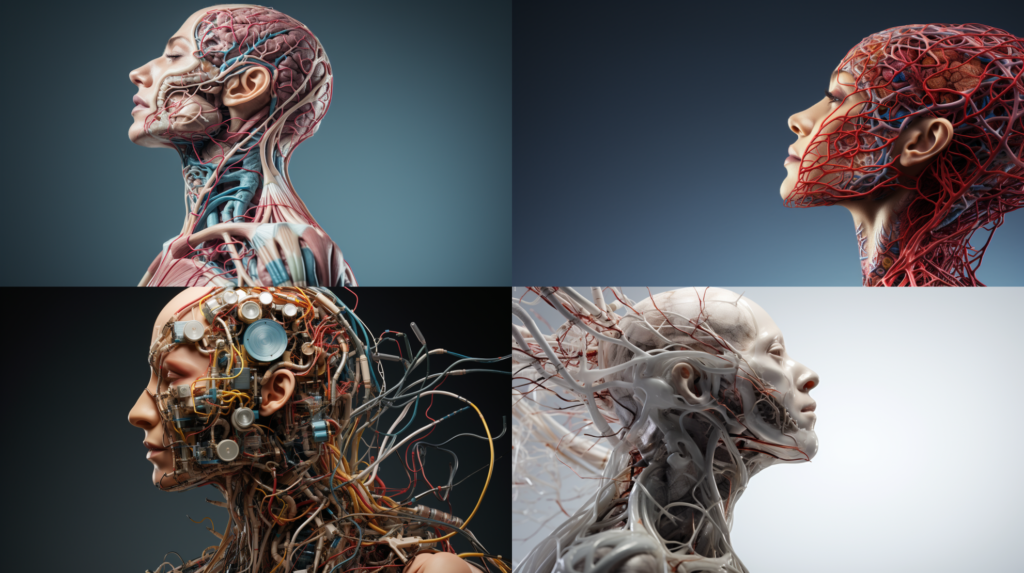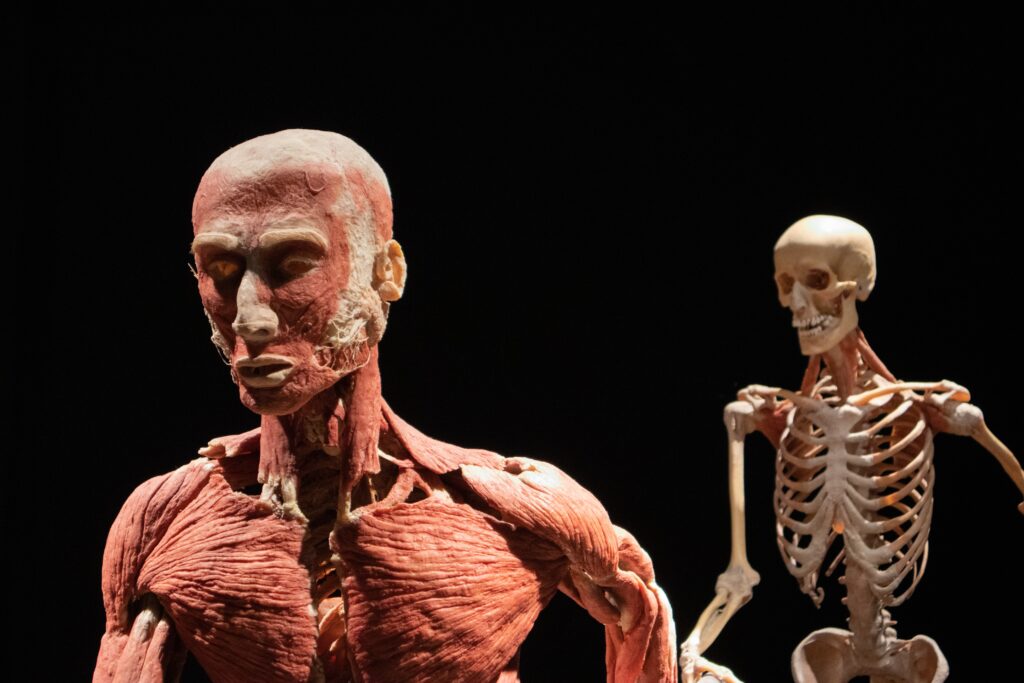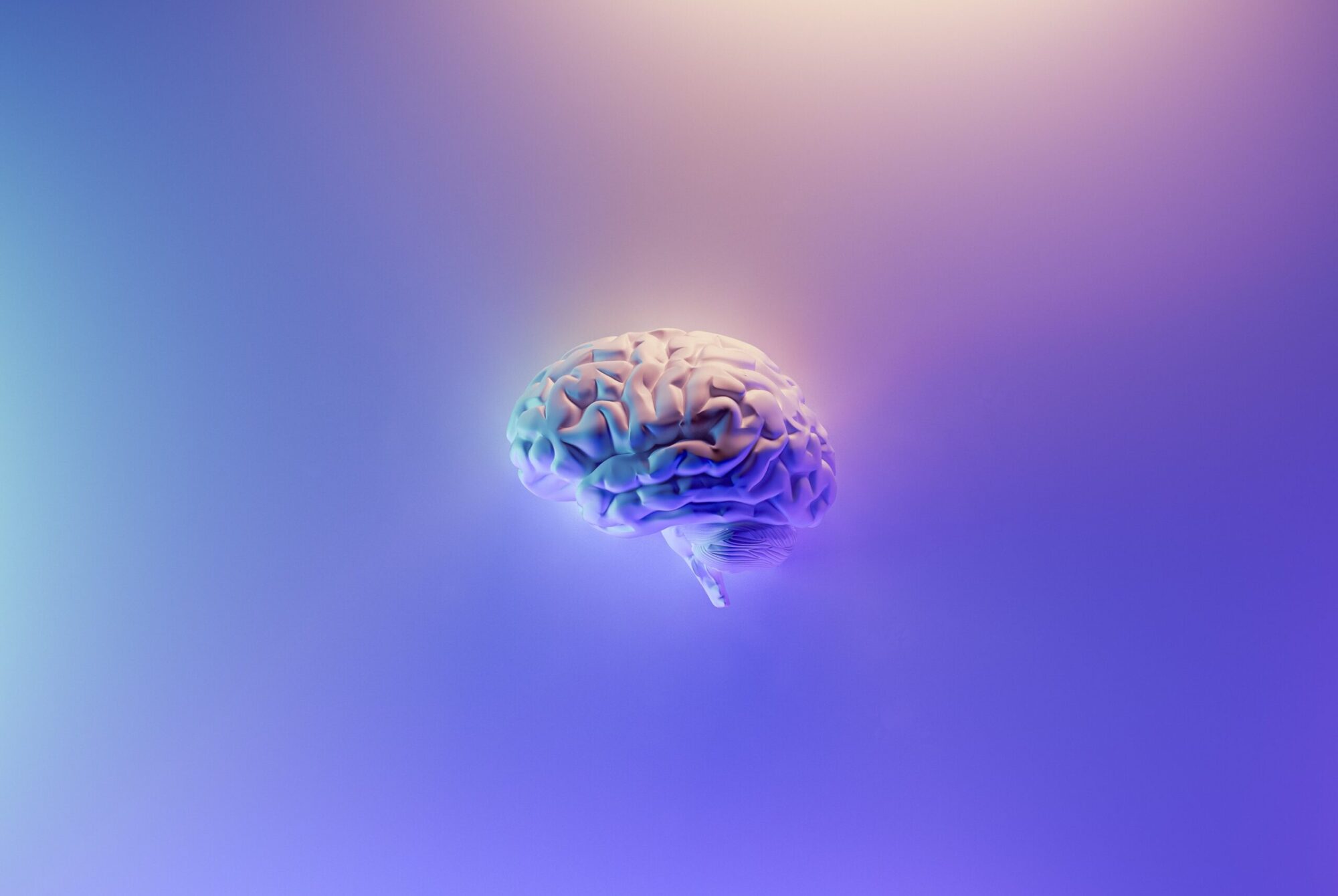If Human beings are animals, then what makes them so special among animals? The most basic answer would be cognition, the cognitive ability they possess.
How often do we consciously think about the body we have? How connected we are with our body and its functional aspects? Maybe, for most of us, we think of the body only then when a certain organ in our body revolts and sends out signals that it needed our attention. Most of the time we are tuned to our goals, and our tasks, in fulfilling our aspirations, allotting time to people around us, acting, reacting, responding or sleeping, or simply enjoying our life with the means available to us.
With 79 organs, not counting the bones and other stuff, the human body can be compared to a Maha Samaj, or a mega society consisting of 12 different systems (Samaj) under which these organs function independently but are connected to each other and can influence the functional aspects of healthy living. It is like a minister having an independent charge of a ministry but is a part of the cabinet. All these organs function to keep the body alive for us to live. It is akin to a desktop computer system. Under the shiny cabinet cover several operating systems consisting of hard drive, ram, cooling system, electrical system, software, etc, but are integrated in a way to gear up to deliver the desired result for which it was built.

The human body reflects an amazing tapestry of functional cognitive abilities in automation all the time. Under the cover of the skin, the systems and the organs within these systems work tirelessly every moment of our lives.
Under the control of the Musculoskeletal category of the system comes the human skeleton, joints, ligaments, and Tendons. The Digestive system consists of many subsystems such as the mouth (teeth, tongue, and lips), salivary glands, pharynx, esophagus, stomach, small intestine, large intestine, rectum, liver, gallbladder, mesentery, pancreas, anal canal, appendix. The respiratory system covers the nasal cavity, pharynx, trachea, bronchi, bronchioles lungs, and muscles of breathing. The urinary system has kidneys, a ureter, a bladder, and a urethra under its kitty. The reproductive system operates with internal reproductive organs such as ovaries, fallopian tubes, uterus, cervix, and placenta and external reproductive organs such as vulva, clitoris, and vagina for females; internal reproductive system such as testes, epididymis, vas deferens, seminal vesicles, prostate and bulbourethral gland, penis, scrotum as external organs in male. The endocrine system operates with the pituitary gland, pineal gland, thyroid gland, parathyroid glands, adrenal gland, and pancreas. The heart, arteries, veins, and capillaries come under the Circulatory system. Under the Lymphatic system come lymphatic vessels, lymph nodes, bone marrow, thymus, spleen, tonsils, and interstitium. The nervous system has two sub-systems with sensory organs: The central nervous system and the Peripheral nervous system. The central nervous system covers the cerebrum, thalamus, hypothalamus, mid-brain, cerebellum, pons, medulla oblongata, the pineal body, and the ventricular system (choroid plexus) in the Peripheral nervous system, nerves such as cranial nerves, spinal nerves, ganglia, and enteric nervous system function in tune with sensory organs such as the eye consisting of the cornea, iris, ciliary body, lens, and retina; the ear consisting of the earlobe, eardrum, ossicles, cochlea, vestibule of the ear, semi-circular canals, the organs such as olfactory epithelium, tongue, and taste buds. Then, there is the Integumentary system that covers the mammary gland, skin, and subcutaneous tissue.

Wow! All these together make the human body a complex machine that needs attention and care if one wants to remain physically functional to make our activities effortless and smooth without a glitch. That is why the journey of wellness starts with the body. In other words, it is physical wellness that is instrumental for our aliveness. And, the first thing is we need to connect with our body.

